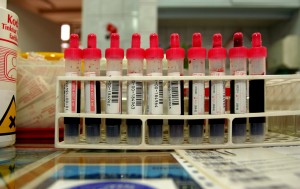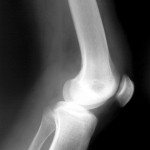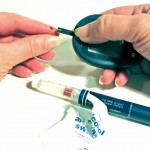Lowering Blood Sugar Naturally- Sylvia’s Story
Sunday, February 28th, 2010 Sylvia is a busy stay-at-home mother to three active boys. Although slim as a teenager, Sylvia has found that her weight has crept up since giving birth to her sons, and her busy lifestyle means that she doesn’t have as much time to devote to exercise as she would like. On a recent visit to her doctor, she was told that blood tests indicate that her fasting blood sugar is 120 and her HbA1c is 5.5. She was informed that these levels indicate that she is at risk for developing type 2 diabetes.
Sylvia is a busy stay-at-home mother to three active boys. Although slim as a teenager, Sylvia has found that her weight has crept up since giving birth to her sons, and her busy lifestyle means that she doesn’t have as much time to devote to exercise as she would like. On a recent visit to her doctor, she was told that blood tests indicate that her fasting blood sugar is 120 and her HbA1c is 5.5. She was informed that these levels indicate that she is at risk for developing type 2 diabetes.
Sylvia is startled by this news. Several people in her family have diabetes, and she herself has had gestational diabetes with her last two pregnancies. Frantic to find some way to avoid the same fate as many of her family members, Sylvia begins to do some research into natural methods to lose weight and, in the process, lower her blood sugar levels.
In her research, Sylvia stumbles upon a product called PreCrea, an herbal product from plant-based sources that naturally promotes reduction in blood sugar levels and weight loss. She begins the twice-daily formulation and also begins exercising more regularly and watching her diet more carefully. Soon, her entire family is on board- they begin pursuing exercise as a family and planning their meals together. Sylvia is thrilled to discover that within six months she has shed the extra weight from pregnancy and, best of all, her doctor informs her that her blood sugar levels are now in the normal range.
If you would like to learn more about PreCrea, please visit http://precrea.predisease.com/product.php.






